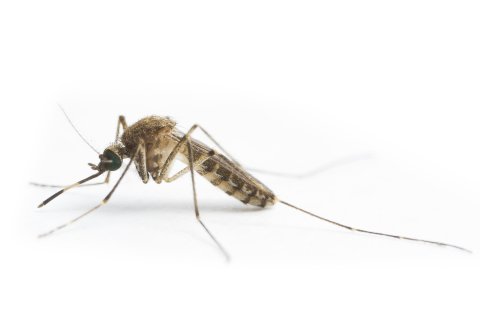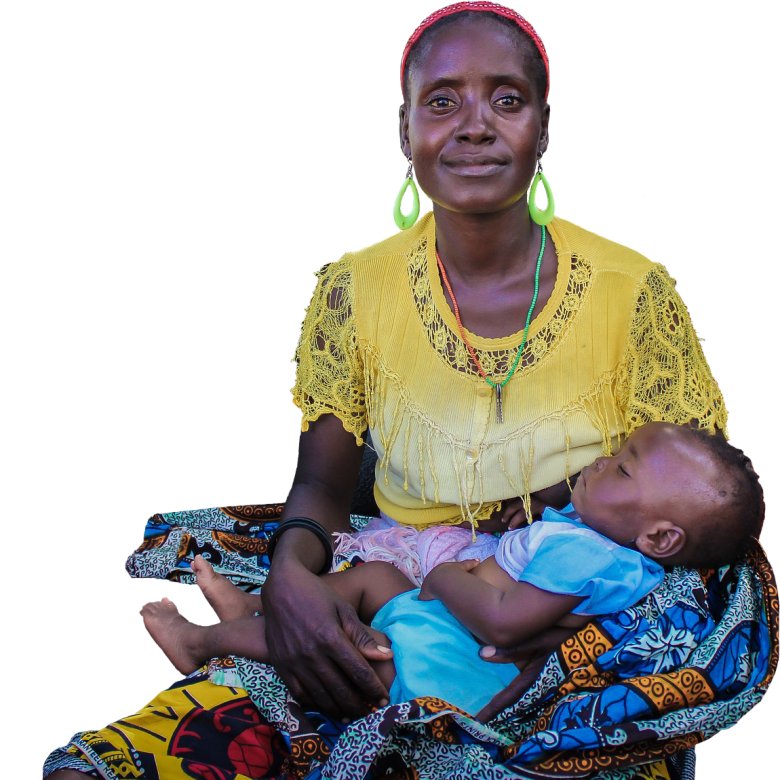Japanese encephalitis in Australia now and forever?

Dr John Aaskov, RSTMH Country Ambassador for Australia, looks at the outbreak of Japanese encephalitis in Australia, including the ‘great unknowns’ of the virus and current vaccinations.
Japanese encephalitis is caused by a flavivirus of the same name. It is confined to South East Asia and parts of the Pacific where approximately 3 billion people are at risk of infection. Most infections in humans are asymptomatic but of those who develop symptoms (~ 60,000 annually), approximately one third die and another third are left with long term clinical and emotional sequelae. Pigs are the amplifying hosts and although humans and horses develop clinical signs and symptoms the viraemias in these hosts are insufficient to infect vector mosquitoes. Several vaccines have been licensed for use in humans.
In 1995, an outbreak of Japanese encephalitis occurred on a number of islands in the Torres Strait between Australia and Papua New Guinea but it was controlled by mass vaccination of local residents and extensive public health and environmental interventions. A second outbreak of infection occurred in the same region in 1998 with one case detected on the north-east Australian mainland. After more than a decade without evidence of transmission of Japanese encephalitis virus in this area, the virus surveillance programme was discontinued.
Beginning on 10 February 2022, outbreaks of Japanese encephalitis virus (genotype 4) infection were reported from piggeries in all three states in eastern Australian, Queensland, New South Wales and Victoria and in April 2022, Japanese encephalitis virus was identified in pigs in the Northern Territory.
A case of Japanese encephalitis that occurred on the Tiwi Islands, north of Darwin in northern Australia, in March 2021 was not diagnosed until June of that year and was the first locally acquired human infection since 1998. By 28 April 2022, 25 confirmed cases of Japanese encephalitis had been reported on the Australian mainland (Queensland 2, New South Wales 11, Victoria 9 and South Australia 3). A further twelve cases are regarded as presumptive (Queensland 2, New South Wales 2, Victoria 3 and South Australia 5) because serology could not distinguish them from infections with the related Murray Valley encephalitis virus. Three patients have died. This is a remarkably low case fatality rate and raises the spectre of a significant number of patients with long term sequelae.
Two, highly effective, Japanese encephalitis virus vaccines are licensed for use in humans in Australia, Imojev (Sanofi) and JEspect (Seqirus). Imojev is a live attenuated vaccine requiring only a single dose and JEspect is an inactivated virus vaccine requiring two doses 7 – 28 days apart. The priority for immunisation in the current Australian outbreak is for those having any contact with pigs and then those who may be exposed to the virus through their employment.
Several scenarios present themselves to explain the almost simultaneous outbreaks of infection in piggeries thousands of kilometres apart in Australia. One is that Japanese encephalitis virus has been circulating, undetected, for several years and another is that the virus was spread from north to south by migrating water birds , during the recent wet season, and local mosquito vectors have transmitted the virus to porcine hosts. Studies some decades ago implicated the Nankeen night heron (Nycticorax caledonicus) as a possible, migratory, avian host.
Japanese encephalitis virus is transmitted by Culex spp. mosquitoes and it has been recovered from the ubiquitous Culex annulirostris mosquito in Australia. This mosquito also has been shown to be competent to transmit the virus in laboratory settings.
'The great unknown'

The great unknown is whether Japanese encephalitis virus can establish, or already has established, itself in cycles of transmission involving Australia’s uncontrollable, feral pig population. Several of us considered this problem when the outbreak of Japanese encephalitis occurred in islands in the Torres Strait, between Papua New Guinea and Australia, in 1995. Our approach was to express the envelope protein of Japanese encephalitis virus along with a cholera toxin adjuvant in potatoes which could be dropped from vehicles or aircraft or even planted for the feral pigs to dig for themselves. Our approach to oral immunisation of feral pigs encountered some technical issues over codon usage in plants and when the Japanese encephalitis problem appeared to have disappeared, no one was interested in continuing the project. If Japanese encephalitis virus does become endemic in feral pigs, control of the infection will require some quite innovative approaches.
Another of my uncompleted tasks when I retired was to determine if the Japanese encephalitis vaccine would protect humans against disease caused by the serologically-related Australian virus, Murray Valley encephalitis virus. This was a cause I began championing in the 1980s but was obstructed by the cost of obtaining the answer and potential ethical issues. If Australia has to make Japanese encephalitis vaccine widely available, the answer may come as an unintended consequence.
